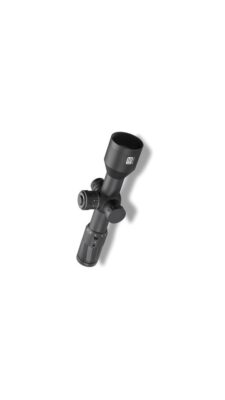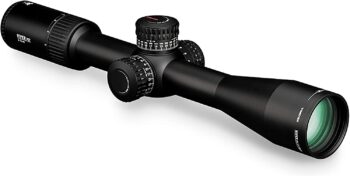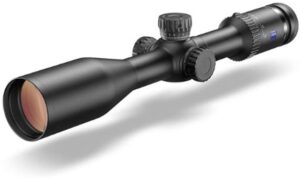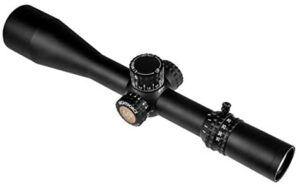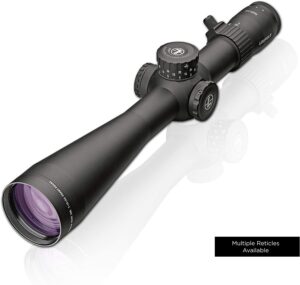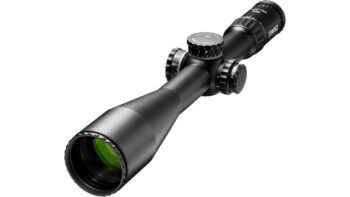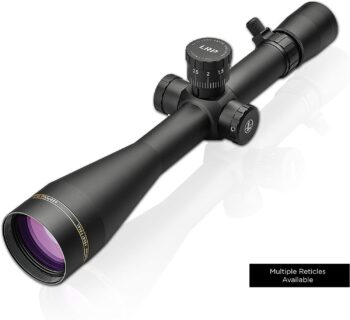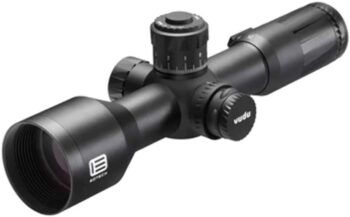How to Choose a Scope for Long Range Shooting
Long-range shooting is one of the things desired by many but only a few have mastered the art. Most novice shooters only dream of shooting at extreme distances while experienced shooters understand the need for equipping themselves with the right gear to achieve this dream. People in both of these categories have one thing in common, they all need to invest in high-quality scopes to hit targets at long range. So how to choose a scope for long range shooting ?
If you don’t have time to go over the long read, here are our favorite long range scopes you can choose from
How to Choose a Scope for Long Range Shooting
For you to land on the best scope for long range shooting, there are several factors you need to consider.
Magnification
Whether the target is close to you or far away, you need help. While sometimes the highest magnification isn’t always the best, for long-range shooting you most definitely need high-power scopes to hit the target. Scopes come with two different magnification specifications: variable magnification and fixed magnification.
For example, a scope with 4x40mm specifications means magnification is fixed at 4x and the scope’s objective diameter is 40 mm. For variable magnification, the numbers describe the range of magnification, for example, a 5-25×50 scope means the scope can magnify anywhere between 5x to 25x with the 50 depicting the size of objective lens diameter.
As you increase magnification, your target appears to be moving closer to you. So the more you increase it, the more your target appears closer.
However, the magnification you need for long range shooting is determined by the size of your target. If you want to take down big game like elk at 400 yards you will need a scope with 5x and above but if you want to take down small game like groundhogs, you will need more magnification from your scope. Generally speaking, the smaller the target the more magnification you require.
The magnification power of your scope is important but it isn’t of the utmost importance if the glass quality is bad. You can get a scope with high magnification numbers but everything gets blurry as soon as you rump the magnification. A great long range scope comes with high magnification and high-quality glass.
Objective Lens
A scope with 5-25×50 specifications depicts magnification and objective lens diameter, in this example 50 shows the diameter of the objective lens. An objective lens allows maximum light into the scope for brighter and clearer images. The bigger the objective lens, the more light goes into the scope, and therefore image quality is improved at different magnification ranges. Scopes for long range shooting often come with a huge objective lens, which has a disadvantage, a large objective lens makes the scope heavier. Which is not ideal in some hunting situations. You might also need to mount it higher.
First Focal Plane and Second Focal Plane
This essentially shows the reticle location on the scope.
For the first focal plane, commonly depicted as FFP, it means the reticle appears to grow in size as the magnification is increased. As for the second focal plane, SFP, the reticle appears to remain the same regardless of magnification.
For long range shooting, a scope with the reticle positioned on the first focal plane is ideal as you can use it to essentially compensate for windage and bullet drop on different magnification levels.
Reticle
Scopes come with different reticle types for long range shooting. For the best reticle on a scope, the answer is still the old age answer: largely depends on your preference. However, as you are choosing the reticle style, ensure tit has MOA or MIL markings of some kid. They are very helpful in shooting long range as you can compensate for bullet drop and windage effectively.
MOA (Minute of Angle) and MIL (Milliradians) are simply angular measurements that come in handy in long range shooting. As for which one is better, they all have different supporters who swear one is the best. MOA/MIL are essentially two different ways of saying the same thing.
Lens
A great lens on a scope makes all the difference between two scopes of the same peer group. You can get a cheap scope with high magnification but with poor quality lenses which essentially renders that scope useless when it comes to long range shooting. High-quality scopes for long range shooting come with very high-quality lenses. The lenses are also fully multicoated for clear images and are also coated in protective coating for scratch and dust resistance. Often, scopes that come with high-quality glass are not cheap. They often go for $400 and above.
Target Turrets
The main purpose of turrets on a scope is to help you zero your scope. Target turrets or exposed turrets are devised to make very fine adjustments, turning them is easy, they make audible clicks when turned, and can have MIL/MOA markings externally. They are used by long-range shooters to make wind and elevation fine adjustments.
Brand
If you are still not sure how to choose a scope for long range shooting, you can choose one from these well-known brands. These brands have consistently produced high-quality scopes for long-range shooting.
Leupold & Stevens, Inc.– If you are an ardent shooter, you have most likely heard of or used a scope from Leupold. They are an American company that produces some of the best scopes for long-range shooting.
NightForce Optics- They make some of the most reliable optics in the world, especially in bad weather conditions. They put their scopes under serious testing in the process of manufacturing to only put out the best. Their scopes are so high quality that it is reflected in their prices.
Schmidt and Bender- This is a German company that specializes in producing top-tier scopes for hunting, law enforcement, and even for the military. Their scopes are so good they at one time, won the contract to manufacture scopes for the US Military.
Vortex Optics- Vortex Optics is well known by shooters with different budgets. They produce great scopes for close to mid-range shooting at budget-friendly prices. Their long-range scopes are also good and of high quality.

